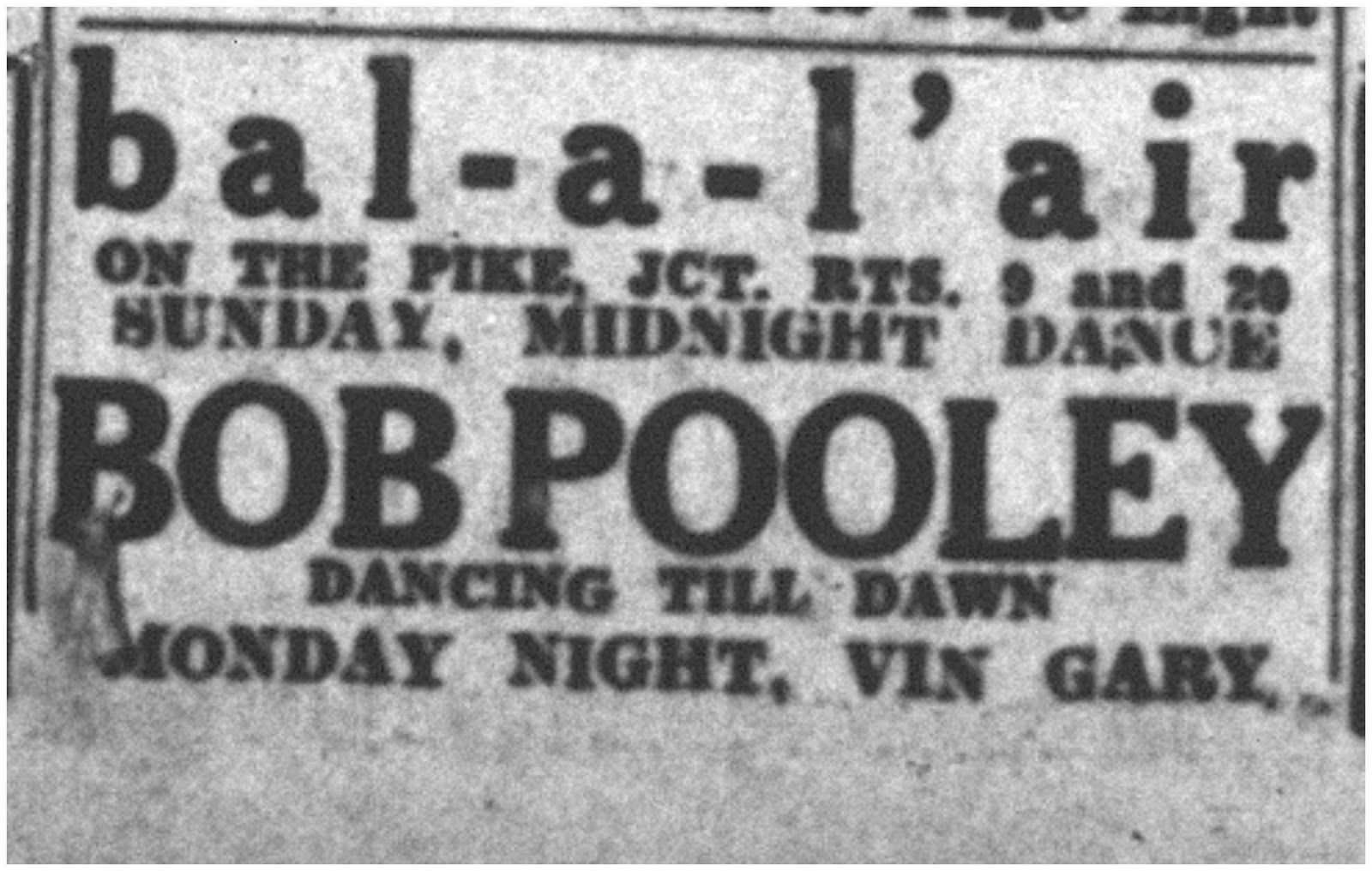By David "Chet" Williamson Sneade
In the early
days of jazz, long before the music was codified and taught in academia, the magical mysteries of the music were -- as the old-timers would say – “learned on the bandstand.”
Mentoring was the key to the highway. Up and coming players gathered information heard on radio, recordings, books, and from other practitioners. Role models were where you found them.
To rub
elbows with professionals was rare, especially of the touring kind. To play
with the jazz stars of the day was virtually unheard of -- unless of course you
were fortunate enough to find them at an after-hours jam session.
 |
| Barney Price singing with saxophonists Guido Grandpietro and Howie Jefferson |
Here in
It was
called the Saxtrum Club, a musician’s cooperative located in the Laurel/Clayton
neighborhood. The Plymouth Theater (now called the Palladium) at 261 Main Street
The great pianist Jaki Byard was one of the club’s founders. In an interview with Len Lyons for his book, The Great Pianists, Byard said, “It was a private club organized by a few of us musicians. We used to jam and hold rehearsals there. The jam sessions were usually started after
 |
| Young Jaki |
“There
was a nearby theater where the big names played, and they used to come in to
jam with us: Joe Venuti, Basie, the members of Stan Kenton’s early orchestra. I
was sixteen, and I guess I originated the name, Saxtrum, for sax, trumpet, and
drums. I was playing trumpet at the time with a local band led by Howie
Jefferson.”
 |
| Young Barney Price |
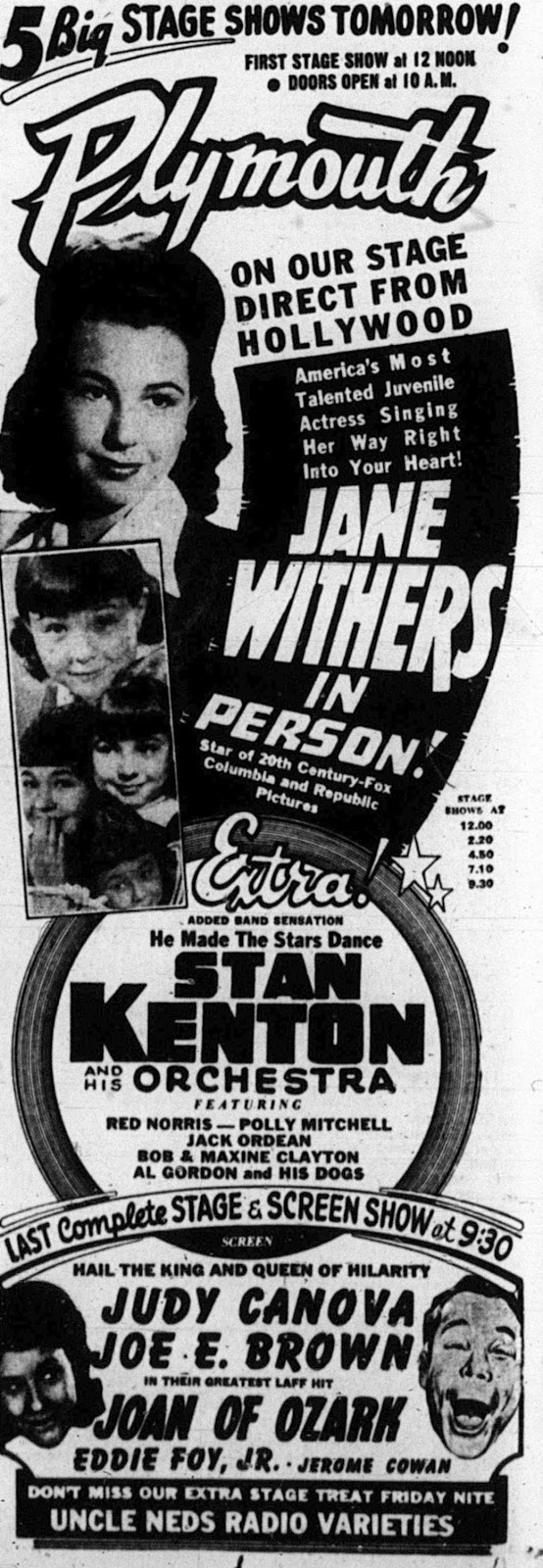
 |
| Young Howie Jefferson |
In
In 1941
alone, Basie, Venuti, as well as Cab Calloway, Fats Waller, Ina Ray Hutton,
Charlie Barnet, Louie Prima, and the Ink Spots headlined the Plymouth
Local musicians to benefit from such nights eventually became national players themselves -- Byard, Barbara Carroll, Don Asher, Bobby Holt, Murray Guarlnick, Paul Kokunen, Ockie Menard, Lou Mercuri and Don Fagerquist, just to name a few -- not to mention local heroes like Emil Haddad, Eddy Shamgochian, Rockie Blunt, and co-founders Howie Jefferson and Barney Price, who were presented with travel opportunities, but opted to stay home.
The impact, influence, and inspiration drawn from these musical encounters were immeasurable. In a 1969 interview with writer Ev Skehan, saxophonist Howie Jefferson said, “I remember Sam Donahue comin’ into the club and sittin’ in his tenor case and wailin’ right through about 20 choruses of ‘Indiana’ without ever comin’ up for air. Main, that cat could blow.”
The dates of these exchanges are difficult to pin down. The Saxtrum Club dates roughly from 1938 to some time in the war years. In the years that the club was open, virtually every name act and big band on the touring circuit played Worcester. Unfortunately, most of the Saxtrum's more than 100 members are now gone.
The dates of these exchanges are difficult to pin down. The Saxtrum Club dates roughly from 1938 to some time in the war years. In the years that the club was open, virtually every name act and big band on the touring circuit played Worcester. Unfortunately, most of the Saxtrum's more than 100 members are now gone.
In
addition to those mentioned, other club members include: Ralph
Briscott, Dick Murray, Harold Black, Jude Wade, Dave Robertson, Dick Adshead,
Joe Ferrazano, Tony Finelli, Phil Scott, Bill Toney, Kenny Proctor, Eddie
Dolbare, Al Mercury, Billy Halbeck, Hal Drelinger, Eddie Temple, Benny Hurwitz,
Franny O’Connor, Moe Batchelder, Lou Levine, Mary Conlin, and Bert Hardin. Other
musicians active in that period who may have jammed at the club were Eddie Dolbare,
Luke Myers, Pete and Alice Price, Morgan Sorrell, Tony Mandel, Rod Ford, Miff
George and Gretchen Morrow.
Another
regular at the Saxtrum was Al Hirt. “Old Jumbo was stationed up at Fort Devens Jefferson said. “It got so he was at the
club every Saturday night.”
These
names represent the deepest bench of jazz musicians Worcester Main and Central streets. The Saxtrum
Club was located in a storefront on the corner of Glenn and Clayton Street Plumley Village
In the
early 1940s, the Plymouth Worcester Plymouth Plymouth
"They’d play until the early
hours of the morning, challenging the local musicians with new ideas and
sounds. Then, on Wednesday night, the band would finish at the Plymouth Worcester
According to Skehan, out of these sessions the Saxtrum Club’s reputation spread far beyond the confines of
Skehan
also contends that at the same time that the Saxtrum Club “really began to
swing, the big-name bands were appearing at the Plymouth Theater.” He lists such
national acts as Tommy Reynolds, Scat Davis, Gene Krupa, Chu Berry, Carl Hoff,
Roy Eldridge, Anita O’Day, Cozy Cole, Cab Calloway, Sam Donahue, Charlie
Ventura, and many others made frequent visits to the club
and “sat in” with the local musicians.”
“In the early 1940s many of the local musicians went into the armed forces,” Skehan wrote. “This was the end of the Saxtrum Club. Although the few members who stayed out of the service tried to keep the club alive, things just weren’t the same. Funds soon ran out and the club was abandoned.”

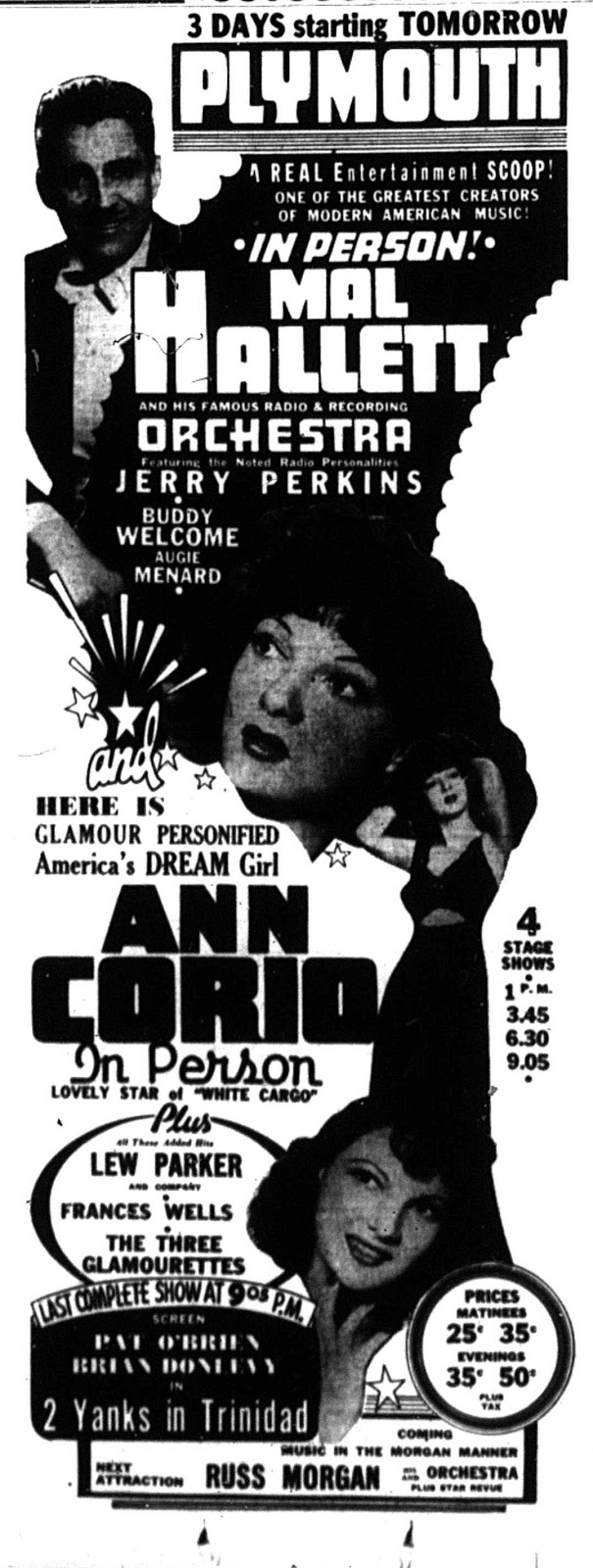.jpg)
Other
names rumored to make the trek from the Plymouth Worcester
As the war raged in Europe , more and more young Worcester

.jpg)
Through name changes, a variety of owners, and its recent dodging of the wrecking ball, the Plymouth Theater continued to stage national acts. Although nary a jazz musician graces the bill today, every starlit evening the ghosts of yesterday make a bee-line to the corner of Glenn and Clayton streets to wake up the dawn with music.
*Note: This is a work in progress. Comments, corrections, and suggestions are always welcome at:
Please check out my other features at: www.worcestersongs.blogspot.com. Thank you.
Resources











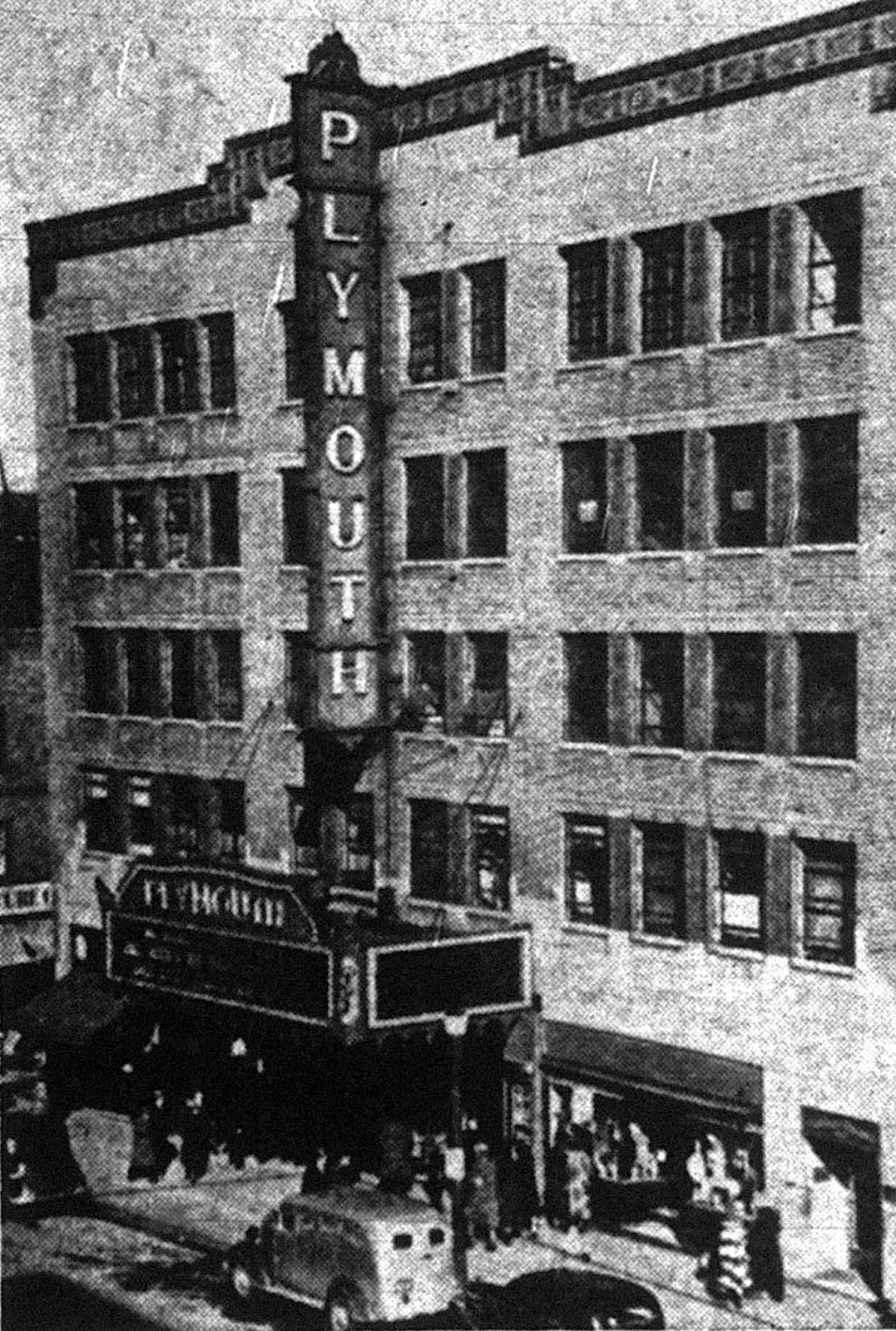














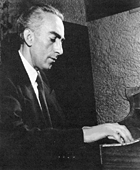







.jpg)









